In his final speech as Premier in March 2013, Wen Jiabao stressed that China’s economy urgently needed to shift from an ‘unstable, unbalanced, unco-ordinated, and ultimately unsustainable’ growth model towards a more sustainable, balanced structure. The issue of how to ‘rebalance’ the Chinese economy has dominated central government policy rhetoric for nearly a decade. The key lies in shifting away from exports and investment towards domestic consumption as a key driver of growth. But ‘rebalancing’ also entails prioritising the development of less energy-intensive industries such as high-end manufacturing and service sectors, implementing market reforms to remove the distortions that have hitherto favoured producers at the expense of consumers and introducing measures to ensure a more equitable distribution of income.
Yiping Huang, of Peking University, argues that this rebalancing is already underway. Huang cites as evidence the rising share of consumption in China’s GDP, the dramatic fall in its current account surplus (from 10.8 percent of GDP in 2007 to 2.6 in 2012) and improvement in the official Gini coefficient. While some question the accuracy of official Gini coefficients and raise the likelihood of other, significant measurement errors in Chinese national accounts data, no-one disputes that China will require significant reforms to facilitate further rebalancing, or that it is an issue that will dominate economic policy-making in the year ahead, and beyond.



